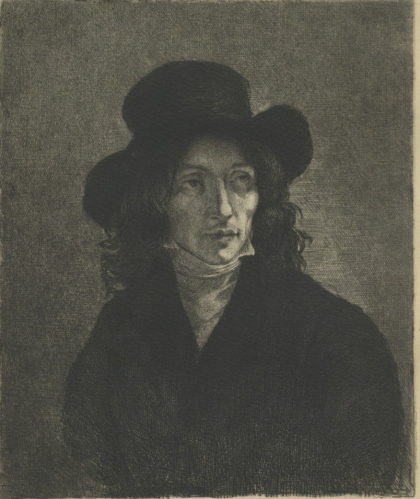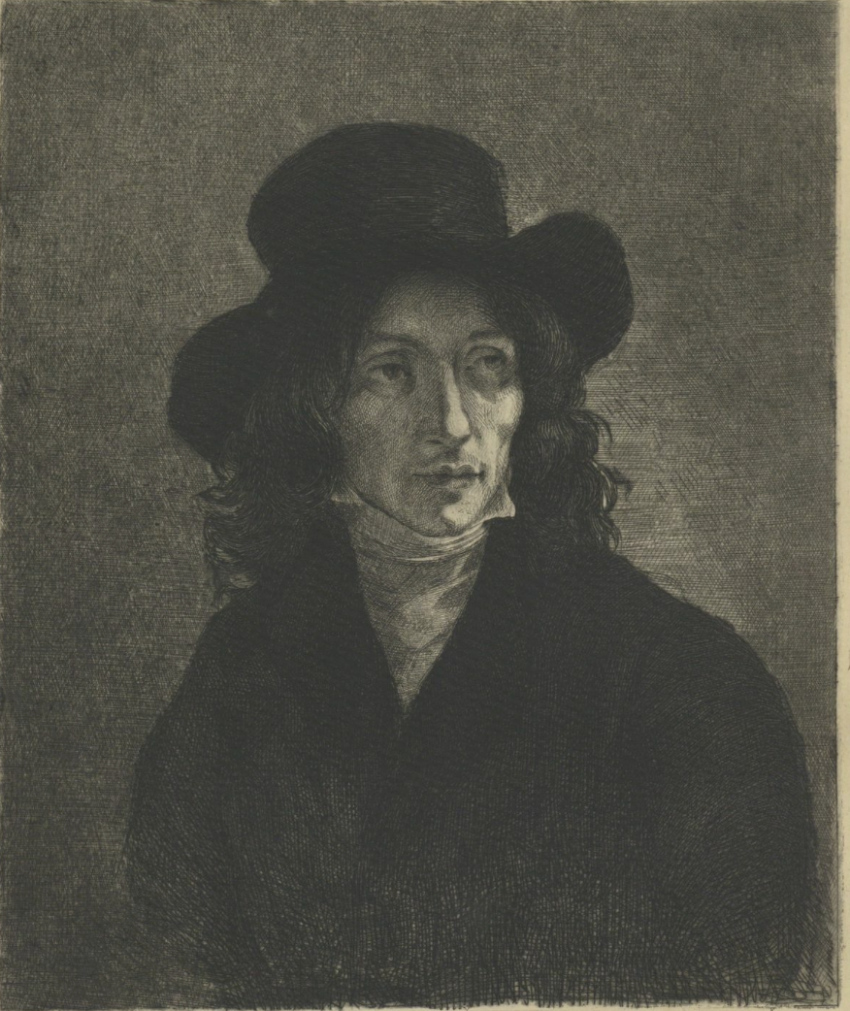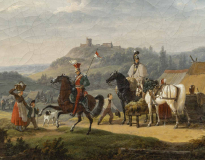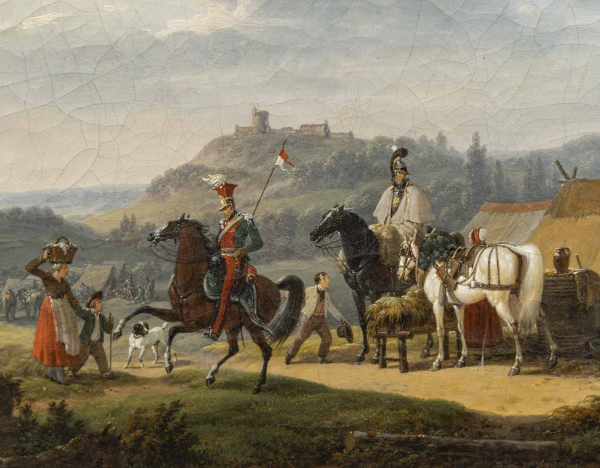Jacques François Joseph Swebach-Desfontaines
( 1769-1823 )
Biography


A French painter, draftsman, and decorator, Jacques François Joseph Swebach, known as Swebach-Desfontaines, was born in Metz in 1769 into a family of Lorraine artisans. He received his first artistic training from his father before moving to Paris, where he studied under the painter Michel Hamon-Duplessis.
By 1791, exhibiting under the name Desfontaines, he gained recognition at the Salon for his battle scenes and equestrian compositions, inspired by seventeenth-century Flemish masters such as Philips Wouwerman, yet interpreted with a distinctly French energy and spontaneity. His early works reveal a strong sense of observation and movement—qualities that would define his success throughout his career.
Under the Directoire and Consulate, Swebach established himself as one of the leading painters of military subjects, depicting the lives of soldiers and Napoleonic campaigns. His precise, narrative brushwork, combined with a light and animated touch, allowed him to balance the realism of experience with an almost theatrical sense of heroism.
In 1802, he was appointed chief painter at the Sèvres National Porcelain Manufactory, a prestigious position in which he designed and painted highly refined porcelain decorations. Among his most notable works is the celebrated “Service Encyclopédique” (c. 1805–1806), now partly held at the Musée National de la Céramique, Sèvres. These commissions highlight his decorative skill and his mastery of detailed, miniature painting.
Following the fall of the Empire, Swebach continued his career abroad. Between 1815 and 1820, he worked for the Imperial Porcelain Factory in Saint Petersburg, where his French craftsmanship helped promote the neoclassical stylein Russia.
Returning to Paris, he painted until his death in 1823. His body of work—ranging from battle scenes and animated landscapes to genre scenes and porcelain designs—is distinguished by clear draftsmanship, balanced composition, and a refined decorative sense rooted in eighteenth-century tradition.
A transitional figure between Rococo grace and Neoclassical rigor, Swebach-Desfontaines occupies a distinctive place in French painting at the turn of the eighteenth and nineteenth centuries.
93400 Saint-Ouen sur Seine

